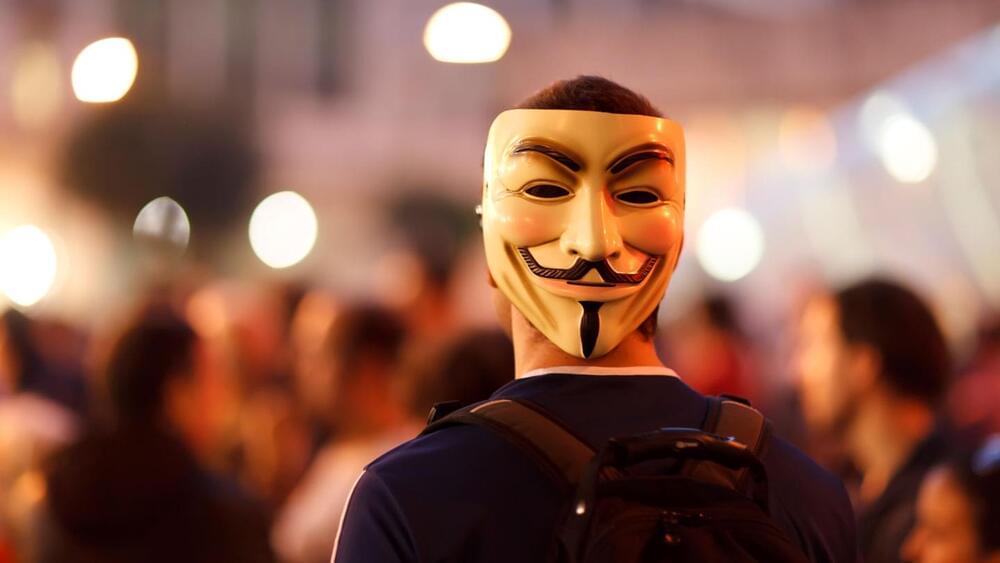Meta’s new AI Research SuperCluster (RSC) is a metaverse and AI beast — 16,000 GPUs, 16TB/sec training data, 175PB bulk storage.
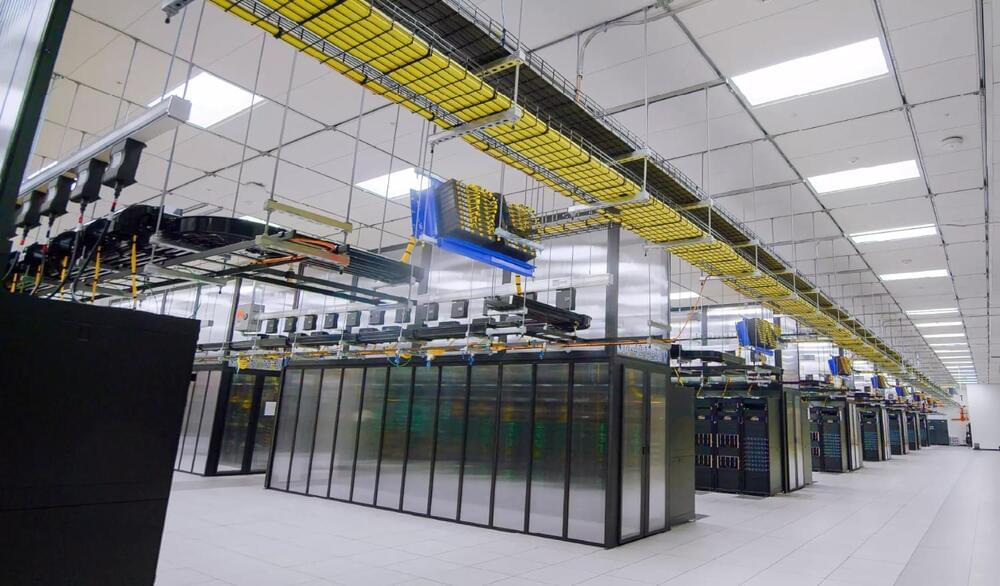

Learnings For Regenerative Morphogenesis, Astro-Biology And The Evolution Of Minds — Dr. Michael Levin, Tufts University, and Dr. Josh Bongard, University of Vermont.
Xenobots are living micro-robots, built from cells, designed and programmed by a computer (an evolutionary algorithm) and have been demonstrated to date in the laboratory to move towards a target, pick up a payload, heal themselves after being cut, and reproduce via a process called kinematic self-replication.
In addition to all of their future potential that has been mentioned in the press, including Xenobot applications for cleaning up radioactive wastes, collecting micro-plastics in the oceans, and even helping terraform planets, Xenobot research offers a completely new tool kit to help increase our understanding of how complex tissues/organs/body segments are cooperatively formed during the process of morphogenesis, how minds develop, and even offers glimpses of possibilities of what novel life forms we may encounter one day in the cosmos.
This cutting edge Xenobot research has been conducted by an interdisciplinary team composed of scientists from University of Vermont, Tufts University, and Harvard, and our show is honored to be joined by two members of this team today.
Dr. Josh Bongard, Ph.D. (https://www.uvm.edu/cems/cs/profiles/josh_bongard), is Professor, Morphology, Evolution & Cognition Laboratory, Department of Computer Science, College of Engineering and Mathematical Sciences, University of Vermont.
© All Right Reserved Military Technology 2022.
Theme Trend News By WP News Theme
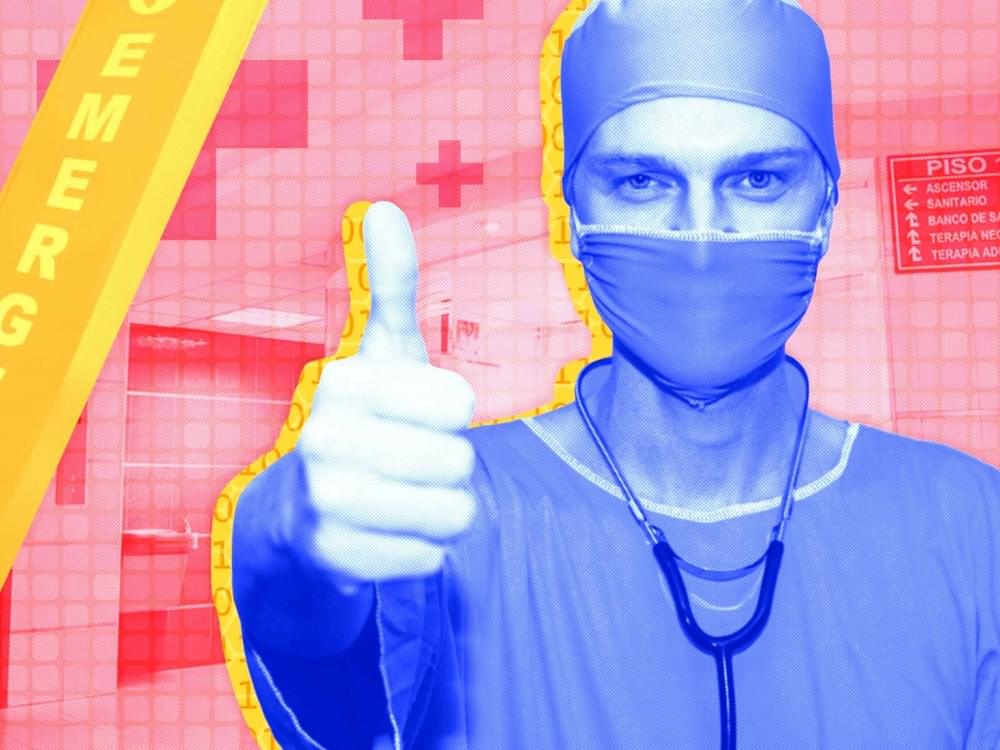
Surgeries require a lot of planning, practice, and precision. Doctors cannot afford to get distracted or lose focus when operating on a person. The use of AI in surgery aims to support doctors and supply them with the necessary information and surgical tools without disturbing them at any point.
Mixed reality makes it possible to use technology to assist doctors during surgeries and minimize risks.
Paul Milgram and Fumio Kishino first introduced the term mixed reality in 1994 in their paper titled A Taxonomy of Mixed Reality Visual Displays. MR combines computer vision, cloud computing, graphical processing, etc., to blend the physical and virtual worlds. Many companies have been developing MR applications that can be used in various industries.
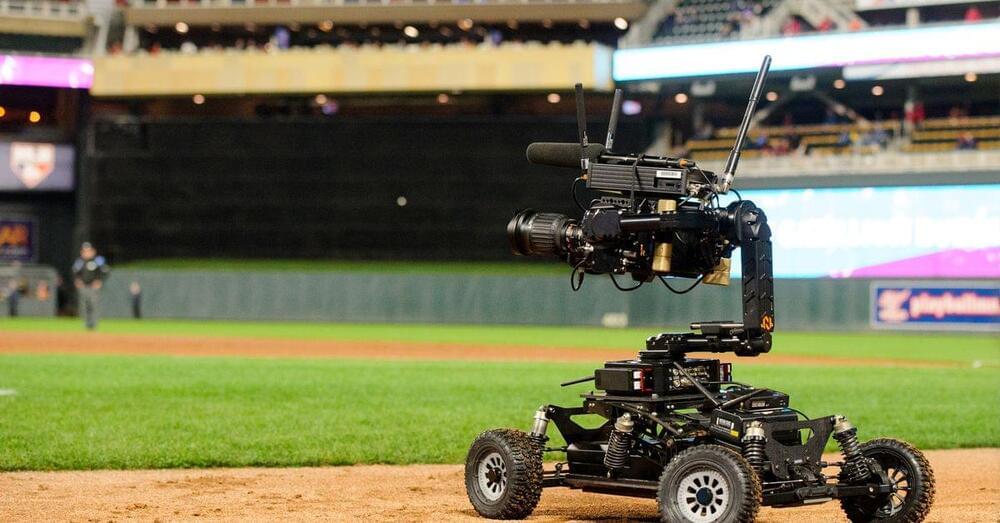
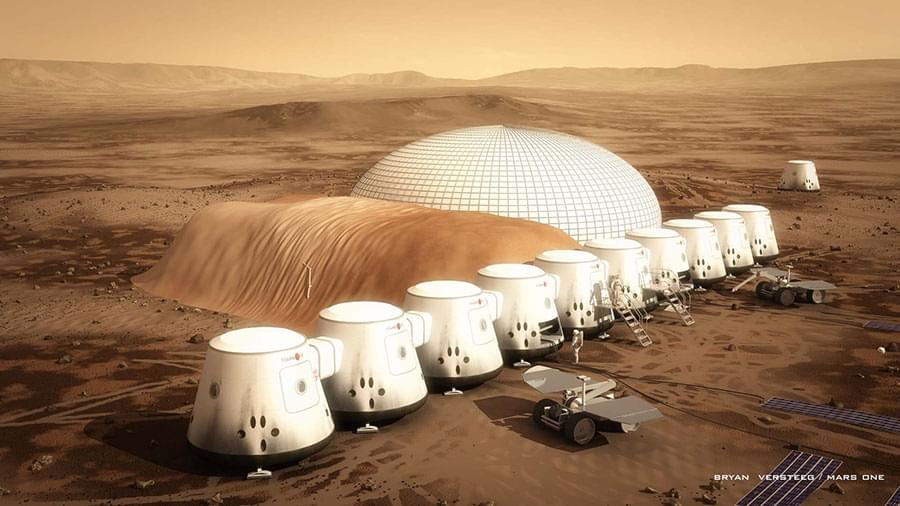
FeaturedRead our 3 books at https://lifeboat.com/ex/books.
The Lifeboat Foundation is a nonprofit nongovernmental organization dedicated to encouraging scientific advancements while helping humanity survive existential risks and possible misuse of increasingly powerful technologies, including genetic engineering, nanotechnology, and robotics/AI, as we move towards the Singularity.
Lifeboat Foundation is pursuing a variety of options, including helping to accelerate the development of technologies to defend humanity, such as new methods to combat viruses, effective nanotechnological defensive strategies, and even self-sustaining space colonies in case the other defensive strategies fail.
We believe that, in some situations, it might be feasible to relinquish technological capacity in the public interest (for example, we are against the U.S. government posting the recipe for the 1918 flu virus on the internet). We have some of the best minds on the planet working on programs to enable our survival. We invite you to join our cause!
Visit our site at https://lifeboat.com. Participate in our programs at https://lifeboat.com/ex/programs. Follow our Twitter feed at https://twitter.com/LifeboatHQ and our GETTR feed at https://gettr.com/user/LifeboatHQ. Watch our YouTube channel at https://youtube.com/lifeboathq. Read our blog at https://lifeboat.com/blog. Join our LinkedIn group at https://www.linkedin.com/groups/35656. Subscribe to our newsletter at https://lifeboat.com/newsletter.cgi.
Interact with the author of “The Human Race to the Future: What Could Happen—and What to Do” at https://www.facebook.com/groups/thehumanracetothefuture.
🔔 Subscribe now for more Artificial Intelligence news, Data science news, Machine Learning news and more.
🦾 Support us NOW so we can create more videos: https://www.youtube.com/channel/UCItylrp-EOkBwsUT7c_Xkxg.
In the search for extraterrestrial intelligence (SETI), we’ve often looked for signs of intelligence, technology and communication that are similar to our own. But as astronomer and SETI trailblazer Jill Tarter points out, that approach means searching for detectable techno signatures, like radio transmissions, not searching for intelligence itself. At the moment scientists are considering whether artificial intelligence (AI) could help us search for alien intelligence in ways we haven’t even thought of yet.
As we think about extraterrestrial intelligence it’s helpful to remember humans are not the only intelligent life on Earth. For all we know, chimpanzees have culture and use tools, spiders process information with webs, cetaceans have dialects, crows understand analogies and beavers are great engineers. Non-human intelligence, language, culture and technology surround us to no end. Alien intelligence could look like an octopus, an ant, a dolphin or a machine or, on the other hand, be radically different from anything on Earth.
#Artificialintelligence #Space #NASA.
📺 Fun fact: Smart people watch the entire video!
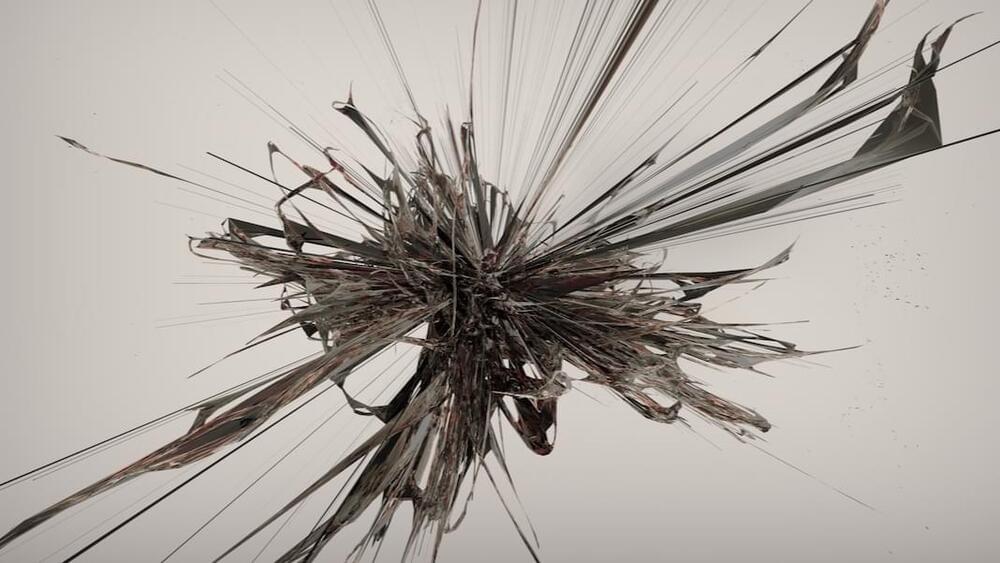
Though Meta didn’t give numbers on RSC’s current top speed, in terms of raw processing power it appears comparable to the Perlmutter supercomputer, ranked fifth fastest in the world. At the moment, RSC runs on 6,800 NVIDIA A100 graphics processing units (GPUs), a specialized chip once limited to gaming but now used more widely, especially in AI. Already, the machine is processing computer vision workflows 20 times faster and large language models (like, GPT-3) 3 times faster. The more quickly a company can train models, the more it can complete and further improve in any given year.
In addition to pure speed, RSC will give Meta the ability to train algorithms on its massive hoard of user data. In a blog post, the company said that they previously trained AI on public, open-source datasets, but RSC will use real-world, user-generated data from Meta’s production servers. This detail may make more than a few people blanch, given the numerous privacy and security controversies Meta has faced in recent years. In the post, the company took pains to note the data will be carefully anonymized and encrypted end-to-end. And, they said, RSC won’t have any direct connection to the larger internet.
To accommodate Meta’s enormous training data sets and further increase training speed, the installation will grow to include 16,000 GPUs and an exabyte of storage—equivalent to 36,000 years of high-quality video—later this year. Once complete, Meta says RSC will serve training data at 16 terabytes per second and operate at a top speed of 5 exaflops.
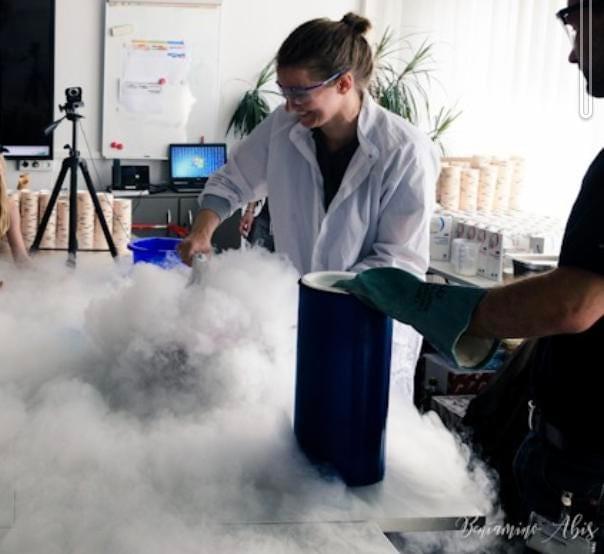
If you are a scientist, willing to share your science with curious teens, consider joining Lecturers Without Borders!
Established by three scientists, Luibov Tupikina, Athanasia Nikolau, and Clara Delphin Zemp, and high school teacher Mikhail Khotyakov, Lecturers Without Borders (LeWiBo) is an international volunteer grassroots organization that brings together enthusiastic science researchers and science-minded teens. LeWiBo founders noticed that scientists tend to travel a lot – for fieldwork, conferences, or lecturing – and realized scientists could be a great source of knowledge and inspiration to local schools. To this end, they asked scientists to volunteer for talks and workshops. The first lecture, delivered in Nepal in 2017 by two researchers, a mathematician and a climatologist, was a great success. In the next couple of years, LeWiBo volunteers presented at schools in Russia and Belarus; Indonesia and Uganda; India and Nepal. Then, the pandemic forced everything into the digital realm, bringing together scientists and schools across the globe. I met with two of LeWiBo’s co-founders, physicist Athanasia Nikolaou and math teacher Mikhail Khotyakov, as well as their coordinator, Anastasia Mityagina, to talk about their offerings and future plans.
Julia Brodsky: So, how many people volunteer for LeWiBo at this time?
Anastasia Mityagina: We have over 200 scientists in our database. This year alone, volunteers from India, Mozambique, Argentina, the United States, France, Egypt, Israel, Brazil, Ghana, Nigeria, Ethiopia, Botswana, Portugal, Croatia, Malaysia, Spain, Colombia, Italy, Germany, Greece, Denmark, Poland, the United Kingdom, Austria, Albania, Iran, Mexico, Russia, and Serbia joined us. Their areas of expertise vary widely, from informatics, education, and entrepreneurship, to physics, chemistry, space and planetary sciences, biotechnology, oceanography, viral ecology, water treatment, nanotechnology, artificial intelligence, astrobiology, neuroscience, and sustainability. We collaborate with hundreds of schools, education centers, and science camps for children in different parts of the world. In addition, our network includes more than 50 educational associations in 48 countries that help us reach out to approximately 8,000 schools worldwide.
